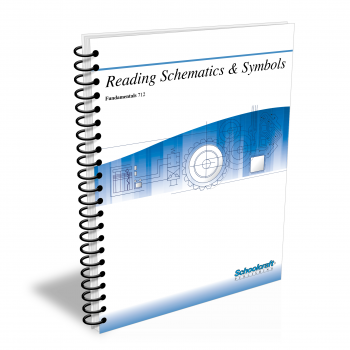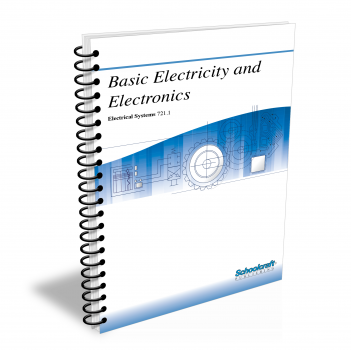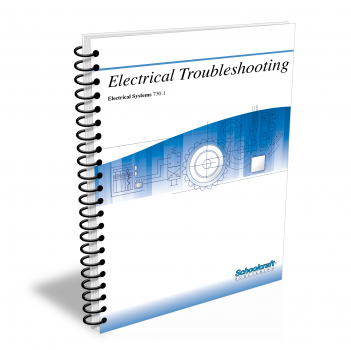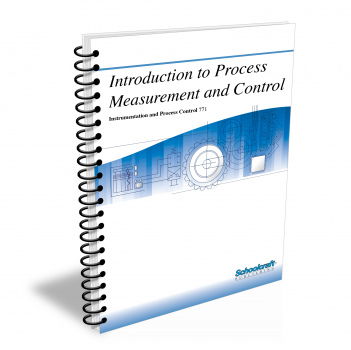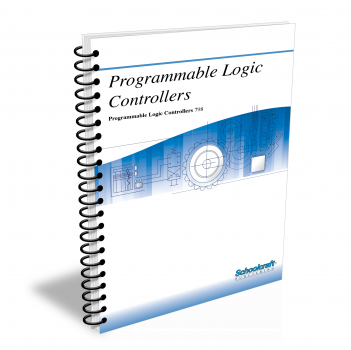Electrical Measuring Instruments
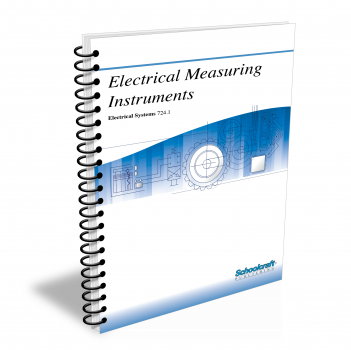
Course Number: 724.1
The Electrical Measuring Instruments textbook covers the principles on which electrical test instruments operate. Basic instruments covered include voltmeter, ammeter, watt meter, ohmmeter, and meg ohmmeter. Covers AC metering, split-core ammeter, use of current and potential transformers. Includes detailed coverage of modern multimeter. Explains functions and uses of oscilloscopes.
Does your curriculum require additional topics not included in this textbook? Build a customized version of the Electrical Measuring Instruments textbook below.
This textbook has been recently updated
to include topics lists, objectives, & key terms for every chapter.
Recommended Contact Hours – 8
Preview a Chapter
Available Supporting Material
- Table of Contents
- My Custom Book
- Exam Copies
- Suggested Titles
Table of Contents
Chapter 1: Principles of Meter Operation
Topics: Digital meter design; Integrated ADCs; Displays; Introduction to analog meters; D'Arsonval movement; Magnetic shielding; Parallax error; Accuracy
Learning Objectives:
- Define the terms digital meter and analog meter.
- Describe the purpose of the analog-to-digital converter in a digital meter.
- Identify and label graphs of integrator output from a dual-slope integrating meter.
- Explain how time is related to voltage measurement in an integrating digital meter.
- Differentiate among the terms accuracy, sensitivity, and resolution.
- Explain how a D'Arsonval meter movement works.
- Describe the parallax effect, and explain how to avoid it when using an analog meter.
- State the sensitivity formula for an analog meter.
Chapter 2: Ammeters, Voltmeters, and Wattmeters
Topics: Measurement considerations; Measuring direct current; Multirange ammeters; Measuring alternating current; Voltmeters; Wattmeters
Learning Objectives:
- Describe the differences and similarities between an analog ammeter and a voltmeter.
- Explain how ammeters and voltmeters are protected internally from overcurrent.
- Explain how a make-then-break switch works.
- Identify which meters should be connected in series in a circuit and which should be connected in parallel.
- Describe how an analog wattmeter works.
- Explain how it is possible to overload a wattmeter, even with the meter's pointer at less than full-scale deflection.
Chapter 3: Resistance Measurement
Topics: Measuring resistance with an ohmmeter; Checking and calibrating an ohmmeter; Shunt ohmmeters; Megohmmeters
Learning Objectives:
- characteristic differences between a series ohmmeter and a shunt ohmmeter.
- Explain why ohmmeter scales read from right to left, instead of left to right, and why they are nonlinear.
- Describe the internal circuits and basic operation of an opposed-coil megohmmeter.
- State the primary safety precaution to take when using an ohmmeter.
- Describe two methods used by ohmmeter manufacturers to extend the range of their instruments.
- Explain how to test for opens, shorts, and grounds, using a megohmmeter.
- Describe how to make zero-adjustments on ohmmeters and megohmmeters.
- Explain why variable resistors are needed in battery-powered ohmmeters.
Chapter 4: Multimeters
Topics: Graphical DMM; Advanced meter functions; Multimeter accessories and safety
Learning Objectives:
- Demonstrate how to measure ac and dc current and voltage with a multimeter.
- Describe the function of a current probe.
- Explain how to isolate the source of a glitch with a graphical multimeter.
- Demonstrate how to read the screen display of a graphical multimeter in the Trend mode.
- Explain why you set a meter to its highest range before taking your first measurement.
- Define autoranging and auto-polarity.
- List three safety precautions to take when using multimeters.
Chapter 5: Oscilloscopes
Topics: Kinds of oscilloscopes; Triggering; Digital oscilloscopes; Dual-trace oscilloscopes; Controls; Probes; Oscilloscopes in troubleshooting
Learning Objectives:
- Describe how an analog oscilloscope works.
- Describe advantages of a digital oscilloscope over an analog oscilloscope.
- Demonstrate how to measure voltage with an oscilloscope.
- Show two methods of determining phase angles with an oscilloscope.
Add Chapters to Your Custom Book
Select Chapter(s):
- Chapter 1: Principles of Meter Operation
- Chapter 2: Ammeters, Voltmeters, and Wattmeters
- Chapter 3: Resistance Measurement
- Chapter 4: Multimeters
- Chapter 5: Oscilloscopes
My Custom Book
Create a custom book that contains only the training content that your students need to succeed
Our topics cover a broad and diverse spectrum of subject matter, from reading blueprints to electrical schematics, measurement to rigging and safety, material handling to welding, and everything in between! Choose only the lessons that meet your specific curriculum requirements.
Request Exam Copies
Exam Copies
Ready to see a copy of our textbooks? After selecting which textbooks you’d like to review for your course, you can submit your request by either logging in or creating an account so we know where to ship your exam copies. A representative from Schoolcraft will contact you to confirm and finish processing your request.
Exam copies are always free and yours to keep.
Selected Exam Copies
none selected
* Maximum of five copies can be ordered
